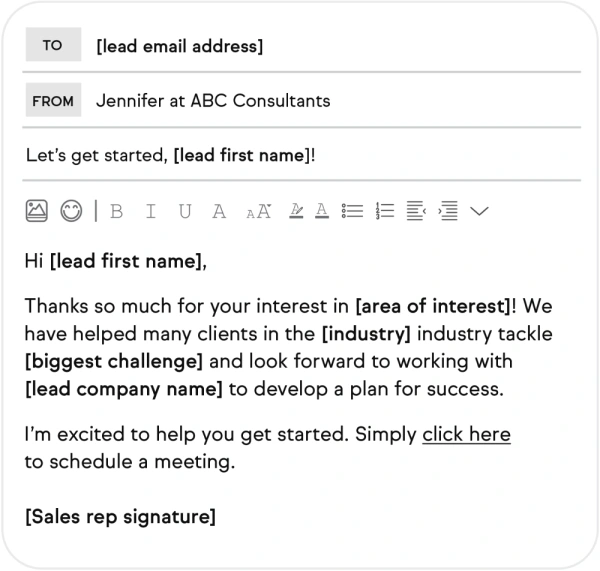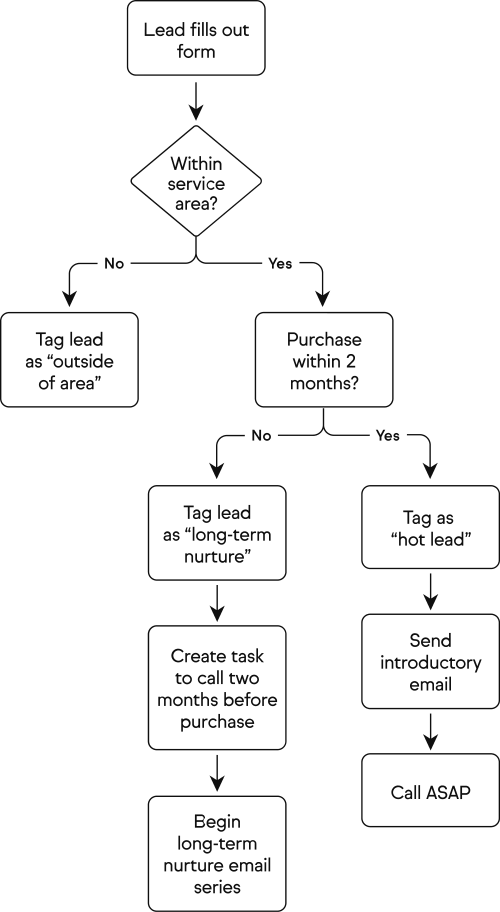Let’s define CRM. CRM stands for “Customer Relationship Management” and is a software system that helps business owners easily track all communications and nurture relationships with their leads and clients. CRM software for small business replaces the multitude of spreadsheets, databases and apps that many businesses patch together to track client data. On top of all that, the information a CRM holds and organizes makes serious automation for serious small businesses possible. The result: organization, efficiency, better time management, fewer manual tasks and impressed clients.
What is the purpose of a CRM system?
A CRM connects all the data from your sales leads and customers, all in one place. It also consolidates all communications (form fills, calls, emails, text messages and meetings), documents, quotes, purchases and tasks associated with each lead and client. Your entire team can access those details at the right time — to close a sale or deliver outstanding service.
![]()
Pro tip
If you're ready to get started, try the best CRM for small business. Sign up for a 14-day free trial of Keap's CRM and business automation software now. Then walk through the features and examples outlined below in your Keap trial app.
What is Customer Relationship Management (CRM), and what does CRM mean?
CRM is both software and a business practice. When people refer to “CRMs,” they typically are talking about their CRM system or the software they’re using to manage clients.
However, CRM, or customer relationship management, is a tried-and-true business tactic that outdates CRM systems. Customer relationship management is the practice of nurturing new and existing customers, keeping people happy and engaged with your business. This helps you retain valuable customers and increase customer referrals, driving revenue for your company.
While a CRM is a handy tool for managing customer relations, it’s not a fix-it-all solution. A CRM system or tool and strong communication skills are the key to building lucrative customer relationships.

What is a CRM system?
A CRM system or program is an application or software that houses customer information and helps you communicate with leads. It typically resembles a database that you can customize and automate for different business actions.
Some of these tools are free, others offer paid plans and subscriptions. CRMs can include a variety of tools and features, and some have storage limitations based on the size of your business.
In other words, CRM systems vary by provider, but they all do one important thing – help you communicate efficiently with customers.
14-day free trial. No credit card required.







